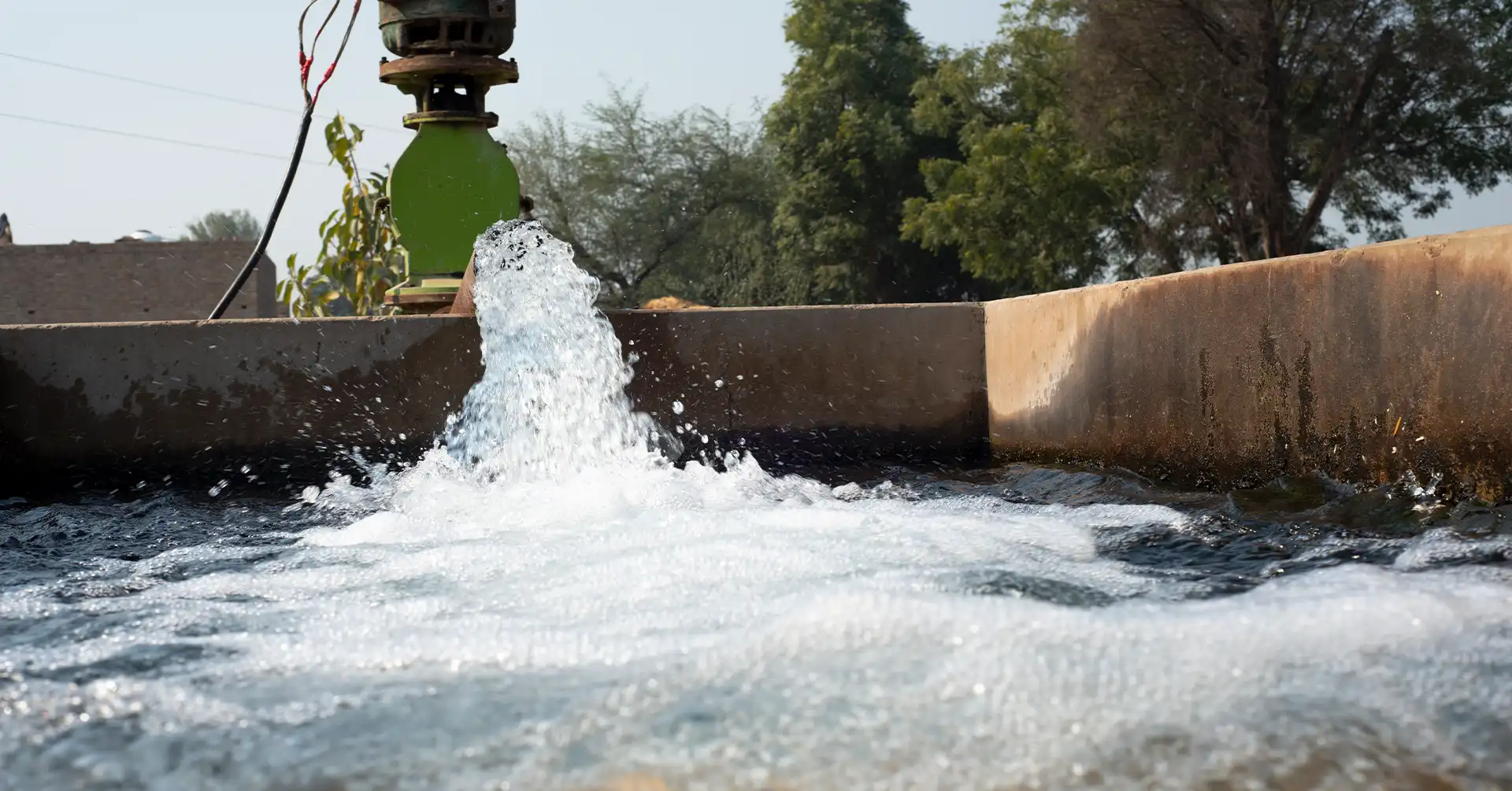Hello, my wonderful readers! Water restoration is a crucial process in safeguarding property and health in the face of water-related disasters. Understanding the significance of water restoration is paramount, as it directly impacts the extent of damage mitigation and the restoration of affected spaces. This comprehensive review delves into the importance of water restoration, shedding light on its vital role in averting long-term consequences and fostering resilience in the aftermath of floods, leaks, or other water emergencies.
Water restoration encompasses a series of proactive measures to swiftly address water damage, prevent mold growth, and salvage valuables. By actively restoring affected areas, homeowners and property managers can mitigate structural deterioration, minimize financial losses, and ensure the safety of occupants. Furthermore, effective water restoration contributes to environmental sustainability by reducing the need for extensive repairs and replacement of materials.
Join us as we explore the multifaceted benefits of water restoration and uncover its pivotal role in safeguarding properties and communities against the ravages of water damage. Discover actionable insights and expert tips to effectively navigate the water restoration process, empowering you to protect your investments and promote a healthier, more resilient living environment.
Why is Water Restoration Important?
Water restoration is vital for numerous reasons, each highlighting its critical role in mitigating the damaging effects of water-related disasters. Here are some key points explaining why water restoration is of utmost importance:
Preventing Further Damage:
If left untreated, water damage can escalate rapidly, leading to structural deterioration, mold growth, and even irreversible harm to property. By promptly initiating water restoration measures, further damage can be prevented, ultimately saving time and money.
Protecting Health and Safety:
Standing water and damp environments provide breeding grounds for mold, bacteria, and other harmful microorganisms. These can pose significant health risks to occupants, causing respiratory issues, allergies, and other adverse health effects. Water restoration helps eliminate these hazards, ensuring a safe and healthy indoor environment.
Preserving Property Value:
Water damage can significantly decrease the value of a property. Stained walls, warped floors, and musty odors deter potential buyers and renters. Through comprehensive water restoration efforts, the integrity and aesthetics of the property can be restored, thus preserving its value in the real estate market.
Mitigating Secondary Damage:
Water damage often leads to secondary issues such as electrical hazards, compromised structural integrity, and corrosion of metal components. Timely water restoration interventions help mitigate these secondary damages, reducing the extent of repairs and the associated costs.
Promoting Environmental Sustainability:
Effective water restoration minimizes the need for extensive disposal of damaged materials and promotes the reuse of salvageable items. This contributes to environmental sustainability by reducing waste generation and conserving resources.
Ensuring Business Continuity:
Water damage can disrupt operations for commercial properties, resulting in financial losses and reputational damage. Swift water restoration efforts are essential for minimizing downtime and ensuring business continuity.
Complying with Regulations:
Failure to address water damage promptly can lead to violations of building codes and health regulations. Proper water restoration helps property owners meet regulatory requirements and demonstrates their commitment to maintaining safe and habitable spaces.
Water restoration is crucial for safeguarding property, protecting health, preserving value, and promoting overall well-being. Investing in timely and effective restoration measures is essential for mitigating the adverse impacts of water damage and ensuring a swift and successful recovery process.
The Process of Water Restoration
Water restoration involves proactive steps to mitigate the damaging effects of water-related incidents and restore affected areas to their pre-loss condition. Here’s a detailed overview of the active steps involved in water restoration:
Assessment and Inspection:
Trained professionals thoroughly assess the affected area to determine the extent of water damage and identify potential safety hazards. They inspect for hidden moisture pockets, assess the type of water (clean, gray, or black), and develop a tailored plan.
Water Extraction:
The first crucial step is to remove standing water from the premises using specialized pumps and extraction equipment. This process is swift and thorough to prevent further saturation of building materials and minimize the risk of secondary damage.
Drying and Dehumidification:
Once excess water is removed, drying equipment such as industrial-grade air movers and dehumidifiers are strategically placed to accelerate the drying process. This helps eliminate moisture trapped in walls, floors, and other porous materials, preventing mold growth and structural deterioration.
Cleaning and Sanitization:
All surfaces and belongings exposed to water damage are thoroughly cleaned and sanitized to remove contaminants and inhibit microbial growth. This may involve disinfection treatments, antimicrobial agents, and specialized cleaning techniques to ensure a safe and hygienic environment.
Structural Repair and Restoration:
Damaged building materials such as drywall, flooring, and insulation are repaired or replaced as needed to restore structural integrity and aesthetics. Carpentry work, painting, and other finishing touches may also be performed to complete the restoration process.
Content Restoration:
Personal belongings and contents affected by water damage are carefully evaluated and treated accordingly. Items salvageable are cleaned, dried, and restored using specialized techniques and equipment. Restoration professionals work closely with homeowners to prioritize valuable possessions and minimize losses.
Monitoring and Follow-up:
Throughout the restoration process, monitoring equipment tracks progress and ensures optimal drying conditions. Follow-up inspections may be conducted to address any lingering issues and verify the effectiveness of restoration efforts, providing peace of mind to property owners.
By actively engaging in each stage of the restoration process, restoration professionals mitigate damage, restore the property to its pre-loss condition, and promote a swift and successful recovery for homeowners and businesses.
Who Does Water Restoration?
Trained water damage technicians or specialists typically perform water restoration. These individuals possess the expertise, experience, and equipment necessary to mitigate the damaging effects of water-related incidents effectively. Here’s a detailed overview of the key parties involved in the process of restoration:
Water Restoration Companies:
Specialized restoration companies employ teams of skilled technicians trained in all water damage mitigation and restoration aspects. These companies equip themselves with state-of-the-art tools and technologies to promptly and efficiently address various types and scales of water damage incidents.
Certified Technicians:
Water restoration technicians undergo rigorous training and certification programs to acquire the knowledge and skills required for handling water damage projects. They excel at assessing the extent of damage, implementing appropriate restoration techniques, and ensuring adherence to safety protocols throughout the process.
Insurance Adjusters:
Insurance companies often play a crucial role in the restoration process. Adjusters assess the extent of damage, determine coverage eligibility, and facilitate the claims process. They work closely with restoration companies and property owners to expedite the restoration process and ensure that all necessary documentation is provided.
Property Owners and Managers:
Property owners or managers actively participate in water restoration by granting access to the affected property, communicating their concerns and priorities, and making decisions regarding restoration options. Open communication between property owners and restoration professionals is essential for achieving satisfactory outcomes.
Subcontractors and Specialists:
Depending on its scope, additional subcontractors or specialists may become involved in the restoration project. These professionals may include plumbers, electricians, mold remediation experts, and construction contractors.
During restoration, they may require their expertise to address specific issues or complete specialized tasks.
Government Agencies:
In cases of widespread or catastrophic water damage incidents, government agencies may play a role in coordinating emergency response efforts, providing assistance to affected communities, and implementing regulatory measures to ensure public safety and environmental protection.
By collaborating effectively, these key parties work together to mitigate the damaging effects of water-related incidents, restore affected properties to their pre-loss condition, and facilitate a smooth and successful recovery process for homeowners and businesses.
Conclusion
Water restoration is a critical necessity and a proactive investment in safeguarding property, health, and well-being. Swift and effective measures mitigate the devastating impacts of water-related disasters, offering homeowners and businesses a pathway to recovery and resilience.
By prioritizing restoration, property owners demonstrate their commitment to protecting their investments, preserving property value, and ensuring the safety of occupants. Moreover, proactive restoration contributes to environmental sustainability by reducing waste generation and promoting resource conservation.
This comprehensive review emphasizes that one cannot overstate the importance of restoration. Water restoration is pivotal in fostering a safe, healthy, and resilient built environment, from preventing further damage and mitigating health risks to facilitating business continuity and regulatory compliance.
Moving forward, it is imperative for individuals and communities to recognize the significance of restoration and to prioritize proactive measures to address damage promptly. By doing so, we can collectively mitigate the adverse effects of water-related disasters and build more resilient communities for the future.
Also Read:
Termite On Wood: How to Remove Termites From Furniture!
Voluntary Disclosure Agreement: Ensuring Transparency and Trust






